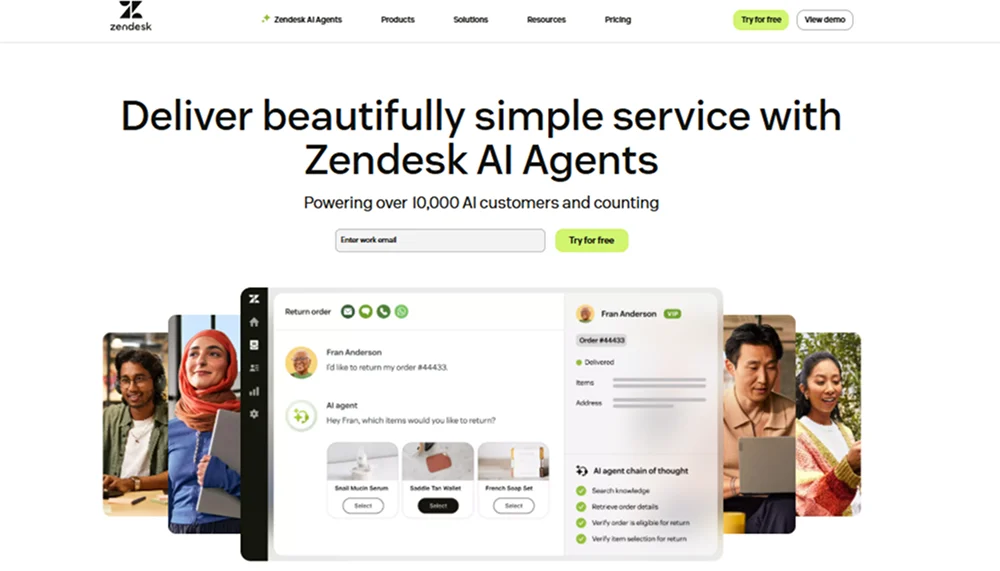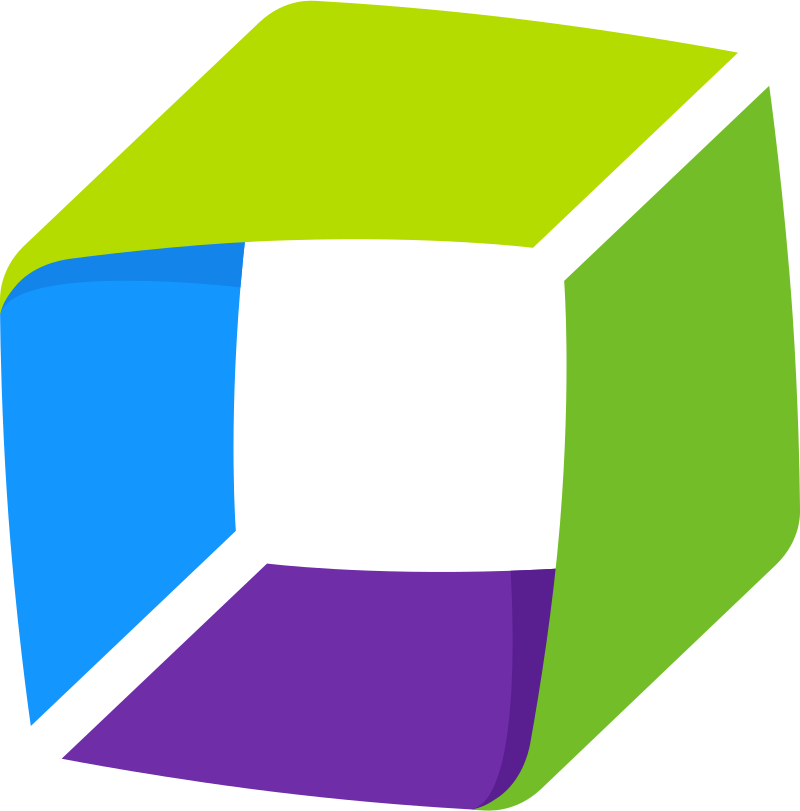Zendesk(Support) Overview & 2025 Industry Position
Zendesk(Support) has become synonymous with user-friendly, scalable customer service solutions tailored to organizations of all sizes. As of 2025, it serves over 160,000 businesses worldwide, powering email, chat, voice, and social messaging under a unified conversational interface. Its lean interface, rich integrations, and robust automation engine have secured its spot as a CX leader in the enterprise and SMB space alike.
The 2025 positioning strategy emphasizes seamless omnichannel experiences, robust analytics, and embedded AI designed to optimize both agent workflows and customer satisfaction. With customer expectations rising and budgets tightening, Zendesk(Support) offers measurable value and agility for teams prioritizing efficiency and real-time engagement.
From Launch to 2025: Zendesk(Support)’s Journey
Zendesk(Support) originated in Copenhagen in 2007 with a mission to simplify help desk ticketing. Moving to San Francisco in 2009, it quickly garnered attention for delivering sleek, cloud-based support. Major milestones include:
- 2013: Introduced Zendesk Voice and real-time chat.
- 2014: IPO on the NYSE under the symbol ZEN.
- 2016: Launched Zendesk Suite and AI-enhanced automations.
- 2021: Acquired Momentive (SurveyMonkey), reinforcing CX and feedback tools.
- 2022: Went private in a $10.2B acquisition by private equity.
- 2024: Released Zendesk AI: pre-trained force multiplier across channels.
2025 Thesis: Drive customer-centric success with AI-driven workforce efficiency and omnichannel fluidity across global support environments.

Zendesk(Support) Key Features
Zendesk(Support) is renowned for its modular yet deeply integrated platform. Its core capabilities include:
- Omnichannel dashboard: Email, chat, social, voice, and web seamlessly integrated.
- Ticketing system: Automates, tags, prioritizes, and routes issues intelligently.
- Zendesk AI: Suggested replies, workflow automation, ticket summarization.
- Macros & triggers: Automate repetitive tasks with deep customization.
- Self-service portals: Advanced help centers and customizable community forums.
- Reporting and analytics: Prebuilt and customizable dashboards via Explore.
- Prebuilt workflows: Streamlined onboarding and guided ticket flows.
Workflow & UX
Zendesk(Support)’s user experience balances power and simplicity. Agents can work from a single interface with tabs per ticket, inline macros, contextual data, and suggested replies. Navigation is smooth, responsive, and mobile-friendly, with customizable views for teams, verticals, or roles.
Admins benefit from no-code flow builders, bulk editing, and flexible automation logic. The platform supports role-based access and conditional UI elements to cater to complex support team hierarchies. For customers, the experience is personalized, multilingual, and consistent across channels.
Zendesk(Support) Pricing Analysis & Value Metrics
| Plan | Monthly (per agent) | Key Inclusions |
|---|---|---|
| Team | $25 | Email + social, 1 help center, basic automation |
| Growth | $69 | AI summaries, multilingual support, SLA tracking |
| Professional | $149 | Custom roles, analytics dashboards, business hours |
| Enterprise | $215 | Advanced routing, sandbox, success program |
Zendesk(Support)’s plans are competitive for the feature sets provided. Higher tiers excel for companies managing omnichannel volume or needing detailed analytics and security features.
Competitive Landscape
Zendesk(Support) competes primarily with:
- Freshdesk: More affordable basic plans; fewer advanced workflows.
- Helpscout: Simpler UI; lacks built-in voice and AI tools.
- Intercom: Chatbot-first, higher costs; stronger marketing tools.
- Salesforce Service Cloud: Enterprise-grade depth, steep learning curve.
Businesses needing powerful automations, omnichannel oversight, and analytics without enterprise complexity often find Zendesk(Support) the sweet spot.
Use Cases
Zendesk(Support) fits a wide array of industries:
- SaaS Startups: Automate common issues and personalize engagement at scale.
- E-commerce: Integrate with storefronts and manage real-time order updates through chat.
- Healthcare: Implement role-based access, audit trails, HIPAA compliance.
- Manufacturing: Track warranty tickets, schedule service visits, and embed support forms in devices.
Zendesk(Support) Integrations
The platform supports 1,200+ integrations:
- CRM: Salesforce, HubSpot
- E-commerce: Shopify, Magento, BigCommerce
- Communication: Slack, WhatsApp, Zoom, Twilio
- Project Mgmt: Jira, Trello, Asana
Integrations boost contextual awareness, unify data, and reduce ticket resolution time.
Pros & Cons
- Pros: Intuitive UI, deep automation, strong analytics, AI innovations, wide integrations
- Cons: Premium plans are costly, learning curve for advanced automations, limited offline support options
Pro Tip: Start with a 14-day free trial using dummy tickets to map automations before choosing a full plan.
Final Thoughts
Zendesk(Support) remains one of the most complete platforms for scaling customer support intelligently. It’s a stellar fit for mid-to-large businesses seeking omnichannel alignment, AI-driven insights, and customizable workflows. Budget-conscious smaller teams may find lower-tier plans sufficient but should factor in add-on costs. For any company serious about CX excellence, Zendesk(Support) offers futureproof upside.
Zendesk(Support) FAQ
It’s primarily used for customer service management including ticketing, help centers, and real-time chat across channels.
Yes, it includes AI for reply suggestions, automations, and ticket summaries across several pricing tiers.
Yes, the Team and Growth plans are cost-effective for small teams focused on email and web-based support.
Yes, both Shopify and Salesforce integrations are available via the Zendesk Marketplace.
Yes, new users can access a 14-day free trial with full features before committing to a plan.
